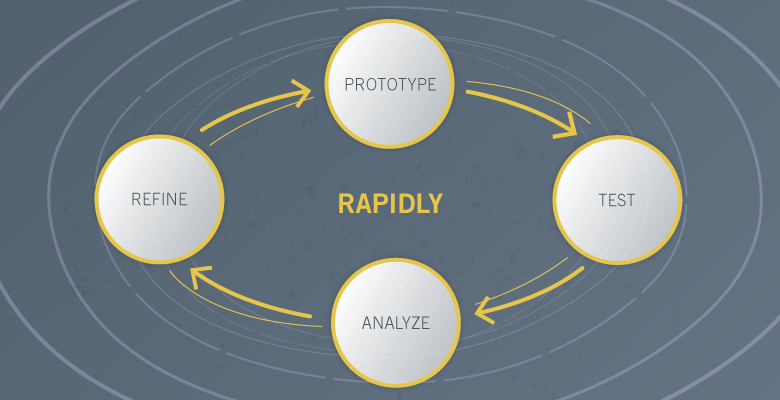
Rapid prototyping is a
group of processes and techniques used to fabricate a physical model of end
parts using 3D CAD data. It is a quick way to transform an idea into a
successful prototype before starting the final production of any physical part
or assembly. It is an essential stage of the product development process in any
manufacturing industry to create a concept model and validate the details for an
accurate representation of the finished product. Rapid Prototyping is used in a
wide range of applications and industries.
Typically, rapid
prototyping employs a range of methods to visually and functionally evaluate
and validate an engineering product design. The process of creating a 3D scale
model of any assembly part involves various stages to create an actual replica
of the final product. The most common stages of rapid prototyping include
concept visualization, prototype design, review, validation, and refinement to
design a concept model. The cost of rapid
prototyping services depends on various factors such as volume, height,
orientation, material, and finish depending on the industrial requirements.
Types
of Rapid Prototyping Techniques:
Different industries use
different technologies to fabricate a 3D scale model quickly and effectively. Depending
on the industrial use and application, choosing the right technology is
critical for successful prototype fabrication. Engineering product designers
use the following technologies for rapid prototyping:
· CNC Machining Prototyping
· Stereolithography (SLA)
· Selective Laser Sintering (SLS)
· Selective Laser Melting (SLM)
· Direct Metal Laser Sintering (DMLS)
· Vacuum Casting
· Fused Deposition Modelling (FDM)
· Digital Light Processing (DLP)
· Binder Jet 3D Printing
Rapid Prototyping is also
referred to as 3D
printing to fabricate a physical design from a virtual design using computer aided
design (CAD) software and other manufacturing technologies. Prototype engineers
use more than one technique to assemble a 3D scale model during the prototype
manufacturing process. In Rapid Prototyping, CAD data translates to the 3D
prototyping machine to fabricate the final prototype based on a standard data
interface.
Advantages
of Rapid Prototyping:
Rapid prototyping has
various industrial advantages in any engineering product manufacturing process.
Some of the most attractive advantages are:
· Reduced design and development time
· Overall lower product development cost
· Eliminate design and functional error at early stages
· Enables virtual and functional testing
· Test more solutions and incorporate changes quickly
· Reduced material wastage
· Minimize design flaws
· Allows customize product design using CAD software
Rapid prototyping services are
used in a wide range of applications across various industries such as
automotive, medical, and aerospace to fabricate a 3D scale model of assembly
pars. It is a time and cost-effective process to transform an idea into an actual
product effectively in quick time. If you are looking for product prototyping
services,
try to find a company with years of experience in the industry using different
technologies and tools to create an accurate prototype model as per the client’s
requirements.
















